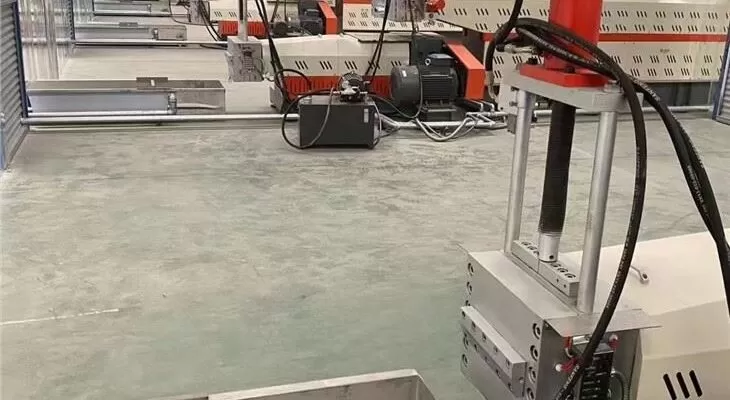Have you ever wondered how those seemingly useless plastic scraps get transformed into something valuable and reusable? Well, it’s all thanks to the magic of pelletizing machines. In my years at Amige, dealing with plastic crushers and shredders, I’ve seen firsthand the incredible journey from waste to resource.

But how exactly does a pelletizing machine work? It’s a fascinating process that turns plastic waste into small, manageable pellets, which can then be used to create new products. It’s not just recycling; it’s a rebirth of materials.
Keeping you hooked is my aim, and sharing this remarkable process is my game. So, let’s dive in and unravel the workings of a pelletizing machine, a key player in the recycling industry.
What Is a Pelletizing Machine, and Why Is It Important?
Pelletizing machines play a crucial role in the plastic recycling process. They convert plastic scraps into uniform, small pellets, which are then used as raw materials for producing new plastic products. Imagine turning yesterday’s plastic bottle into tomorrow’s park bench – that’s the power of pelletizing!
How Does the Machine Prepare Plastic for Pelletizing?
Before pelletizing, plastic waste must be properly prepared. This involves cleaning, sorting, and shredding the plastic into smaller pieces. As someone who’s been in the trenches of plastic recycling, I can tell you, this stage is crucial for quality control. Interested in the nitty-gritty?
What Happens Inside a Pelletizing Machine?
Once the plastic is shredded, it’s fed into the pelletizing machine. Here, the plastic is melted and extruded through a die to form long strands. These strands are then cooled and cut into pellets. It’s like a mini factory line all inside one machine! Curious about the technical details?
Why Are Uniform Pellets So Important?
Uniformity in pellets is key for consistent quality in recycled products. It ensures that the pellets melt evenly during the manufacturing process, leading to superior end products. Uniform pellets are the unsung heroes in the world of recycling! For more on the importance of pellet uniformity, check out manufacturing process, leading to superior end products.
How Does Pelletizing Contribute to Environmental Sustainability?
By turning waste into usable material, pelletizing machines are at the forefront of environmental sustainability. They help reduce landfill, conserve resources, and decrease pollution. It’s not just about recycling; it’s about protecting our planet for future generations.
What Are the Challenges and Innovations in Pelletizing Technology?
Like any field, pelletizing faces its challenges, such as handling different types of plastics and improving energy efficiency. However, innovations are constantly emerging, making the process more efficient and environmentally friendly. As a leader in this industry, I’m always excited about these advancements.
Conclusion
In a nutshell, pelletizing machines are the unsung heroes of the recycling world. They’re not just machines; they’re the bridge between waste and new life. At Amige, we’re proud to be part of this transformative journey, turning today’s waste into tomorrow’s resources.
That’s it, a sneak peek into the world of pelletizing from your favorite CEO at Amige!
